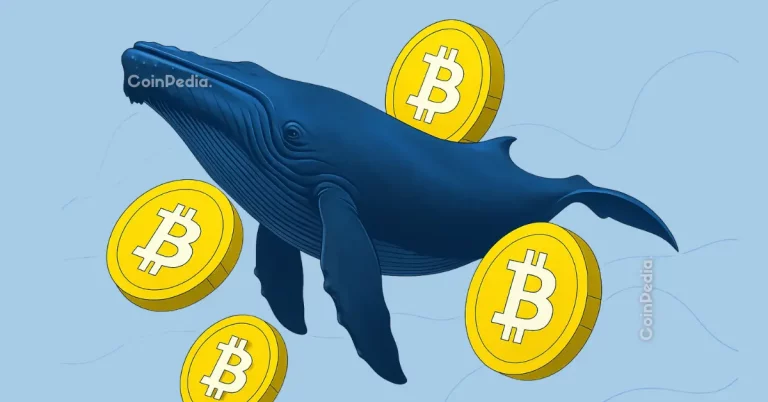
The Current State of Bitcoin: Navigating Uncertainty
Bitcoin is facing a pivotal moment this November, with its price hovering around $103,000. Market dynamics are highly influenced by economic signals, including a recent rate cut by the Federal Reserve amidst a data blackout caused by the U.S. government shutdown. These events have introduced a fog of uncertainty, leaving cryptocurrencies in a precarious position. So, what does the road ahead look like for Bitcoin investors?
What’s Driving Bitcoin Prices in November 2025?
The Federal Reserve has reduced interest rates by 0.25%, a measure often seen as positive for risk assets like Bitcoin. However, the lack of critical data from sources such as the Bureau of Labor Statistics forces the Fed to depend on private entities like ADP and PriceStats. This reliance has created an unclear picture where job growth appears to weaken while inflation signals send mixed messages. Such ambiguity has reintroduced concerns of stagflation, where economic growth slows while inflation remains elevated.
For Bitcoin, this divergence is both an opportunity and a risk. Lower interest rates typically boost investments in cryptocurrencies, but fears of stagflation could lead to investor caution and hinder upward momentum.
Bitcoin’s Technical Analysis: Tight Ranges Ahead
The daily Heikin Ashi chart indicates Bitcoin’s price is constrained within tightening Bollinger Bands — between the $115,500 resistance zone and the $102,700 support level. With two recent tests near $102,000, buyers have shown some resilience, yet attempts to push above $110,000 have repeatedly failed, signaling a weakening bullish structure.
Trading volume remains low, which suggests market participants are awaiting clearer signals. Should Bitcoin close above $104,000 in the near term, a short-term surge toward the $107,000–$109,000 range is plausible. However, a fall below $102,000 could prompt a dip toward $97,500 or even $92,000, aligning with Fibonacci retracement levels.
Economic Uncertainty: A Double-Edged Sword for Bitcoin
The shutdown of official U.S. data sources has left investors navigating blind alongside the Federal Reserve. For example, ADP reported just 42,000 new private-sector jobs in October — a drastic slowdown compared to the monthly average. Meanwhile, PriceStats shows inflation climbing to 2.66%, the highest in two years, while Adobe’s online price index recorded a 3% price decline. The inconsistency in these signals is creating uncertainty, a state in which Bitcoin often struggles to maintain momentum.
Despite these challenges, the Fed’s potential next move — another rate cut in December — could reignite interest in Bitcoin. Lower yields on bonds make cryptocurrencies more appealing as a higher-return alternative. However, if private inflation data continues to reflect stubborn price growth, the Fed may hold off on further cuts, causing negative reactions across markets, including crypto.
Key Levels to Watch This Month
For Bitcoin to avoid a bearish breakdown, holding support at $102,000 is critical. Consolidation between $102,000 and $110,000 could pave the way for a breakout above $110,000, potentially driving the price toward $118,000–$120,000 by the end of November. Conversely, a dip below $100,000 might trigger panic selling and bring the price back to $92,000 — a key psychological level.
Recommended Tool for Crypto Traders
Want to stay ahead in this volatile market? Consider tracking your portfolio using Ledger Nano X, a hardware wallet that ensures your digital assets remain secure. Its added features allow you to seamlessly monitor your holdings during uncertain times, giving you an edge during crucial market shifts.
Final Thoughts: Brace for Volatility
As November unfolds, Bitcoin’s trajectory will largely depend on how the market interprets the Fed’s decisions in the absence of clear economic data. The current price consolidation reflects a cautious sentiment but leaves room for sharp reversals if macroeconomic factors lean in the crypto market’s favor. Traders, more than ever, need to remain agile and ready to adapt to quick changes in market dynamics.



